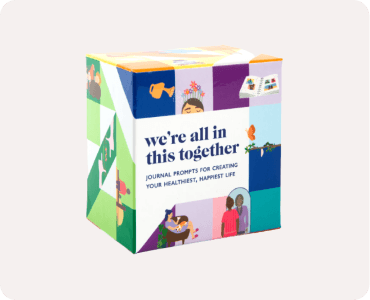Dr. Judy Ho, author and licensed clinical and forensic neuropsychologist, discusses the truth about attachment styles, how they develop, and how they impact every area of your life–not just your love life!
In this episode of The Liz Moody Podcast, Liz explores the profound impact of attachment styles on your life beyond just romantic relationships with Dr. Judy Ho, a renowned neuropsychologist. Dive deep into understanding how attachment styles can influence friendships, work performance, health habits, and overall life satisfaction. Learn about the core theories behind attachment, actionable steps to identify and adjust your attachment style, and practical advice for cultivating secure attachments. The episode includes techniques for setting healthy boundaries, communication strategies, engaging in non-competitive activities, and intimacy. Whether you have an anxious, avoidant, secure, or disorganized attachment style, this episode provides valuable exercises for personal growth, self-care, and emotional understanding.
- 00:00 Introduction
- 02:10 The Impact of Attachment Styles on Life
- 07:34 Formation and Evolution of Attachment Styles
- 19:40 Attachment Styles in the Workplace
- 22:24 Attachment Styles and Personal Health
- 29:28 Attachment Styles in Friendships
- 38:04 Anxious Attachment in Romantic Relationships
- 38:48 Avoidant Attachment Dynamics
- 42:40 Disorganized Attachment Patterns
- 44:16 Anxiety vs. Anxious Attachment
- 46:49 Childhood Influences on Attachment Styles
- 55:36 Healing and Becoming Securely Attached
- 57:06 Practical Exercises for Different Attachment Styles
- 01:09:56 Final Thoughts and Homework Assignment
For more from Dr. Judy Ho, you can find her on Instagram @drjudyho or online at www.drjudyho.com. You can purchase her newest book, The New Rules of Attachment: How to Heal Your Relationships, Reparent Your Inner Child, and Secure Your Life Vision, wherever books are sold.
To join The Liz Moody Podcast Club Facebook group, go to https://www.facebook.com/groups/thelizmoodypodcast.
Ready to uplevel every part of your life? Order my new book 100 Ways to Change Your Life: The Science of Leveling Up Health, Happiness, Relationships & Success now!
The Liz Moody Podcast cover art by Zack. The Liz Moody Podcast music by Alex Ruimy.
Formerly the Healthier Together Podcast.
This podcast and website represents the opinions of Liz Moody and her guests to the show. The content here should not be taken as medical advice. The content here is for information purposes only, and because each person is so unique, please consult your healthcare professional for any medical questions.
The Liz Moody Podcast Episode 260.









Leave a Reply